








Anemones and Corals
Limited Edition Signed color photography for sale by Stephen Brunson.
Stock photography for publication, commercial use and all other media for sale.
Click on picture for more detail










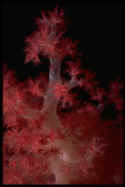
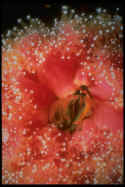
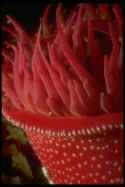
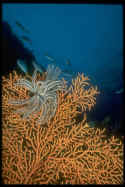
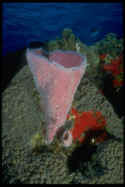





BrunsonImages@att.net